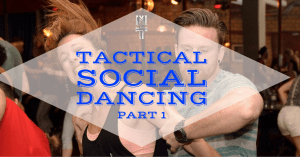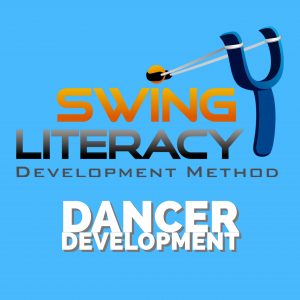No products in the cart.

Teacher Traps
Reading Time: minutes remaining
I have no doubt that 99% of teachers are doing the best they can with the resources they have. But the best intentions can backfire due to limited/outdated resources and misconceptions, specifically about pedagogy (the science of teaching). Diligent, humble teachers with a growth mindset constantly check themselves. Be a student of your own teaching craft: check to see if you’ve fallen into any of these teacher traps.
This list is just the tip of a massive iceberg – of course there are more, and each one has a story behind it and strategies to avoid it. The collection is made up of mistakes we have witnessed other teachers make and our own mistakes we have learned the hard way. They bridge content areas: even though they are specifically dance-related, many of these are issues that were addressed in my national coaching training and school teaching programs. This is a mere glimpse into the scope and scale of the WCS teacher education resources we offer in the Swing Literacy Development Method Teacher Development Program. For reference, I’ve made a notation (♥) next to topics that are featured and expanded upon in the SLDM.
Training
Using your own training as your only resource
The dance training you received up to this point was intended for you, and very likely will not apply the same way to all dance students. The private lessons I teach are very much tailored to each individual student: if they were to turn around and teach the exact same thing to one of their friends, it might not be as applicable or effective, and there will likely be significant chunks missing. Your dance training was also intended to improve your dancing, not your teaching, and is not a substitute for teacher education.
Trying to DIY before getting trained
Ever seen the HGTV show, “First Time Flippers”? It’s about couples who decide to try their hand at buying dilapidated houses for cheap and renovating them to sell and make a profit. But because these couples are completely ignorant in the area of construction and renovation, the show documents them learning the hard way: by making mistakes. It’s more than just a facepalm…it pains me to watch this show.

The passive observer can easily see their errors in judgement, cocky overestimation of their own skills, and underestimation of the skills required to do renovation work.
This is the case for dance teachers too. Could you teach this dance without training? Sure, but it is guaranteed to be less effective and more of a struggle for teacher and learner. There will likely be things taught incorrectly/unsafely that will need to be remediated before the student can make any progress. If the teacher would only submit to the process of proper training, they would save a lot of time, money, and stress for both the teacher and student. One of the most common feedback comments we get from SLDM graduates is that they wish they had competed this training before they even started teaching.
Taking one teachers’ workshop and thinking it’s enough
Imagine you have a Salsa friend who took one private lesson in WCS then decided they were ready to compete to win in Jack & Jill. You would try to be encouraging, but at the same time internally laughing at their naivety. Let’s think about this in the context of school teaching: School teachers don’t learn to teach kids by going to individual workshops. They enter into a program of study. They get guidance in their practicum. They get certified. (The best example of this is the Swing Literacy Development Method Teacher Development Program.)
But in contrast, the “workshops” that school teachers attend are only meant to be for continuing their professional development: special topics, upgrades, or new ideas. In dance, because the common format for group learning is “workshops”, it’s easy to use this format to cater to dance teachers, but it is not ideal for foundational teacher education. Dance teachers’ workshops are casual, optional, supplemental add-ons to a much more formal, structured, substantial program of study ♥. It is important not to collapse the two.
Regurgitating the last workshop you took
I have been on both sides of this situation. Early in my WCS development, I would return home from a convention full of new ideas and technical advice I gleaned from the workshops and privates I took. In my eagerness to share my new discoveries with my community, I neglected to consider if the dancers were even ready for this information. As a result, I overwhelmed and confused some students until I learned to let the new information absorb and marinade in my brain and body for a bit before figuring out how best to incorporate it into my program.

I have also witnessed teachers proselytizing vocabulary and analogies from us (or other Pros) which they clearly did not fully comprehend. Even if they give due credit, delivering the wisdom incorrectly loses its potency, or worse, creates a bigger problem than it intended to solve.
Lastly, there is only so much we can teach in a 60-minute workshop, which means we have to edit and consolidate information like crazy. The package of information you get from a workshop is far from the complete picture. To take this and re-teach it to students would be like learning all about a country’s culture by watching one episode of Lonely Planet. We should really have a disclaimer at the start of every dance workshop like they have on bulk candy bars: Not packaged for resale.
Blind acceptance without critical analysis
You are smart, savvy adults. Just as you need to think critically about what you read on the internet these days, you need to use those same critical thinking skills when processing new incoming instruction information. Three undeniable reasons why: 1. The Correlation Bias: Dance skills have nothing to do with teaching skills. It is quite common for successful dancers you admire to have sub-standard teaching skills, or to even be ignorant about how they do the amazing stuff they do. 2. You can’t expect that the teachers have critically analyzed the information for you. Many teachers simply teach the way they were taught because hey, it worked for them. But beware the Anchoring Bias (the tendency to rely too heavily, or “anchor”, on one trait or piece of information when making decisions – usually the first piece of information acquired on that subject). 3. The Causation Bias: It’s possible that those dancers were successful despite the faulty teaching methods that raised them, so those teaching methods can not be credited for that dancer’s success.
Do your due diligence and never take anything at face value. Critically analyze all new information you hear, regardless of how much you admire the person teaching it. But be thorough and don’t make a snap judgement: just because you don’t understand it quickly doesn’t mean it’s invalid or not worth studying more. Critical analysis ♥.
Delaying teacher education or professional development due to value priorities
I totally get that training is expensive and not everyone has the disposable income to allocate to it. However, I challenge that the value you would get out of training pays for itself, and delaying it is only prolonging the discomfort (which you might not even be aware you are in). You need to take an honest look at your dance spending (see Budgeting for Dance): how much will the next dance event cost you in total? Will your world suffer if you forego this one event and invest in your teacher development instead? In something that will dramatically and immediately change your approach to teaching, making your students learn faster and have more fun, which will inspire them to spend more money on dancing, which in turn will increase your revenue ♥? A short term investment in your teacher development will pay for itself in dividends.

Neglecting getting feedback
Just as you need feedback on your dancing, you need feedback on your teaching. Is your teaching practice going unchecked? You may be offending people unintentionally, developing bad habits, contradicting yourself, confusing students, teaching counterproductive methods, but how would you know without feedback? Feedback could be in the form of video self-evaluation, students’ evaluations, peer review, or guided coaching. One-year Practicum ♥
Methods
Forgetting the context: being too casual in a formal environment & vice versa
It’s not just younger teachers that fall into this trap. You need to consider your audience – if they are self-conscious non-responsive high school students, they are going to need a different approach than hyper college-aged leadership students, who are going to need a different approach still than yuppie singles-club people, baby-boomers, analytical grad students, or meticulous ballroom dancers. Yes, you should always “be yourself”, but be a different facet of yourself according to the needs of the audience and the environment.
Teaching the material instead of the students
With the exception of a sit-down lecture workshop, dance teaching is not passive: it is active, physical skill learning. You are teaching human beings to develop skills in a subject, not teaching a subject in front of human beings. Treating the learners with respect means more than just answering questions: you need to understand where they are coming from, what their needs are, and how you are going to get them to progress from their current skill level. I’m sure you are nodding your head in agreement here, but these are actually huge topics that cannot be understood just by reading this article – they are headings for entire chapters ♥.
Beating a dead horse
Too often, we have walked in on a workshop where the teacher was spending way too much time getting the students to repeat a move they simply were not getting. The mistake is not in the persistence: the mistake is in failing to change your methods in order to find one that works better. As the quote goes, “The definition of insanity is repeating the same thing over and over and expecting a different result.” If a method is failing, don’t keep repeating yourself: make like Elsa and let it go. Try a totally different approach. Diversify your methods ♥.

Talking too much
We used to be guilty of this back in the early stages of our partnership. We were accumulating so.much.knowledge that we wanted to explain every little detail to our students so they could appreciate it as much as we did. But the more we talked, the less effective we were because the students weren’t engaged. Over time, we found a better balance between explanations and activity: it’s about selecting what we say and when. Yes, there is a magic formula to keeping students engaged without sacrificing crucial technical content – you do not have to skip the technique in order to keep students entertained, nor apologize for boring them with the technical stuff ♥.
Watch-and-copy method
This may seem obvious to you, but it is surprisingly common to see instructors slip into a bad habit of showing the desired movement without actually explaining it. Or if they actually do try to explain it, that explanation is vague and abstract (“you need to be more grounded”), or they describe what happens and when, but not how it actually works and why the student should care. These are things that simply cannot be copied accurately by just watching the teacher. There are abundant and thorough alternatives to this method ♥.
Not enough reps
Sometimes teachers rush the practice phase and either call for rotation too early or move on to the next topic. This usually happens when teachers are either too eager or are struggling with time management. But students need more that just one attempt at the new movement/drill/pattern. The practice phase is a part of the process; part of the journey. They don’t know what you have planned, so they are just enjoying the moment. You may be anxious to move on, but they aren’t. Put your students’ needs first: chill out and give them time to practice.
Teaching footwork first
The universal common standard for teaching beginners is to teach the foot rhythm first, then apply it to the basic patterns. But this traditional method is actually pedagogically backwards, and makes learning this dance harder. Sound controversial or innovative to you? Here’s a whole article explaining why. Find out what should be taught instead ♥.

Pattern-based syllabus
The definition of a syllabus is an outline of the topics to be taught in a session, course, or series. The word “topics” does not necessarily mean “patterns”. A series syllabus should include a variety of music, social, physical, and cultural skills ♥. By limiting your syllabus to patterns, you are teaching your students to value patterns over other skills such as the culture of the dance and effective technique. This imbalance is the root of many complaints teachers have about their students’ attitudes. Remember, YOU are the primary influence in forming their attitudes about West Coast Swing. Just as in parenting, they will value what you model and train them to value.
Calling a tactic a technique
Here’s an excerpt from Tactical Social Dancing: Part 1:
In any sport, such as ours, there are 3 types of skills: Techniques, Tactics, and Strategies.
Strategies explain the overall game plan or goal, and include several tactics to achieve it
Tactics explain “what to do and when”, and need several techniques to execute them.
Techniques explain how to do a movement (tactic).
It is a very common pitfall for teachers to use the word “technique” when they are actually referring to “tactics”. It’s not enough to tell students what tactics to do (“make sure you are rolling your feet” or “post the follower on count 4”). They need to know *how*, and the technique involved is absolutely critical for success in that skill. There is a science to technique, and an art to delivering it – this is not something you can just pick up naturally, it needs training ♥.

Teaching the wrong dance
Swing content is a massive separate topic, but the pitfall I am referring to here is teaching a technique that belongs to a different dance style instead of WCS. Examples: rigid frame, Cuban motion, upright pitch, and rock steps. This error is usually due to teachers/students who were trained in other styles first before adopting WCS, then trying to apply their existing skills without guidance from a WCS coach. Occasionally we intentionally incorporate a single movement or pattern from another dance style and either Westify it or use the authentic technique from that style – these are typical and acceptable. The mistake would be to teach a fundamental WCS movement using the technique of that other style.
Demonstrating one way but teaching another
This one sneaks up on you – you might not even realize you are doing it. Standing in front of the class accurately describing the movement you want, but when you demonstrate it, what the students see is actually the opposite of what you explained. This often happens when you are distracted or maybe unintentionally styling instead of showing the raw, undecorated version. A similar trap is demonstrating the move perfectly, efficiently, and skillfully, but describing it completely wrong. These are traps that even the top Pros fall victim to. Never assume that the way the movement was originally explained to you is the best way to pass it on. Also be sure to get feedback on your teaching to make sure what you say matches what you do, and that both are appropriate for the audience you are teaching. The feedback process is essential in monitoring your accuracy and effectiveness as you apply new methods ♥.
Now that you might have identified your own traps, don’t stop there! Do something about it!
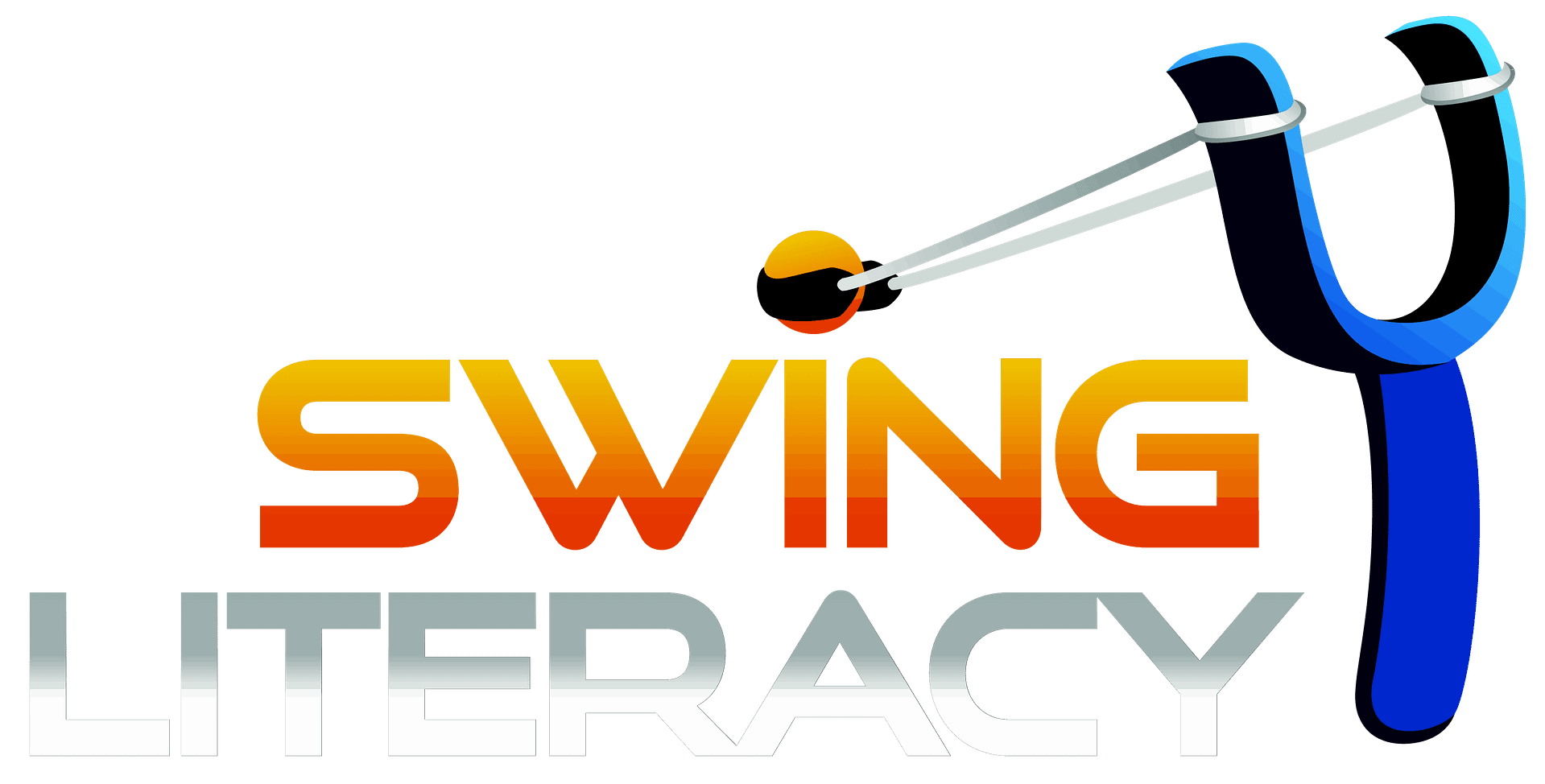
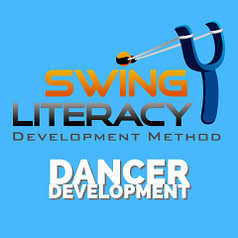
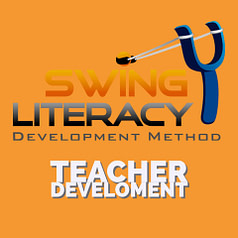
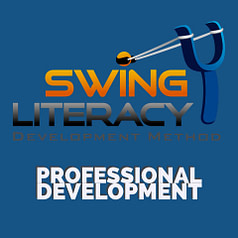
 I have no doubt that 99% of teachers are doing the best they can with the resources they have. But the best intentions can backfire due to limited/outdated resources and misconceptions, specifically about pedagogy (the science of teaching). Diligent, humble teachers with a growth mindset constantly check themselves. Be a student of your own teaching craft: check to see if you’ve fallen into any of these teacher traps.
I have no doubt that 99% of teachers are doing the best they can with the resources they have. But the best intentions can backfire due to limited/outdated resources and misconceptions, specifically about pedagogy (the science of teaching). Diligent, humble teachers with a growth mindset constantly check themselves. Be a student of your own teaching craft: check to see if you’ve fallen into any of these teacher traps. Trying to DIY before getting trained
Trying to DIY before getting trained new ideas and technical advice I gleaned from the workshops and privates I took. In my eagerness to share my new discoveries with my community, I neglected to consider if the dancers were even ready for this information. As a result, I overwhelmed and confused some students until I learned to let the new information absorb and marinade in my brain and body for a bit before figuring out how best to incorporate it into my program.
new ideas and technical advice I gleaned from the workshops and privates I took. In my eagerness to share my new discoveries with my community, I neglected to consider if the dancers were even ready for this information. As a result, I overwhelmed and confused some students until I learned to let the new information absorb and marinade in my brain and body for a bit before figuring out how best to incorporate it into my program. ying it is only prolonging the discomfort (which you might not even be aware you are in). You need to take an honest look at your dance spending (see
ying it is only prolonging the discomfort (which you might not even be aware you are in). You need to take an honest look at your dance spending (see  ethod is failing, don’t keep repeating yourself: make like Elsa and let it go. Try a totally different approach. Diversify your methods ♥.
ethod is failing, don’t keep repeating yourself: make like Elsa and let it go. Try a totally different approach. Diversify your methods ♥. rhythm first, then apply it to the basic patterns. But this traditional method is actually pedagogically backwards, and makes learning this dance harder. Sound controversial or innovative to you? Here’s a
rhythm first, then apply it to the basic patterns. But this traditional method is actually pedagogically backwards, and makes learning this dance harder. Sound controversial or innovative to you? Here’s a 